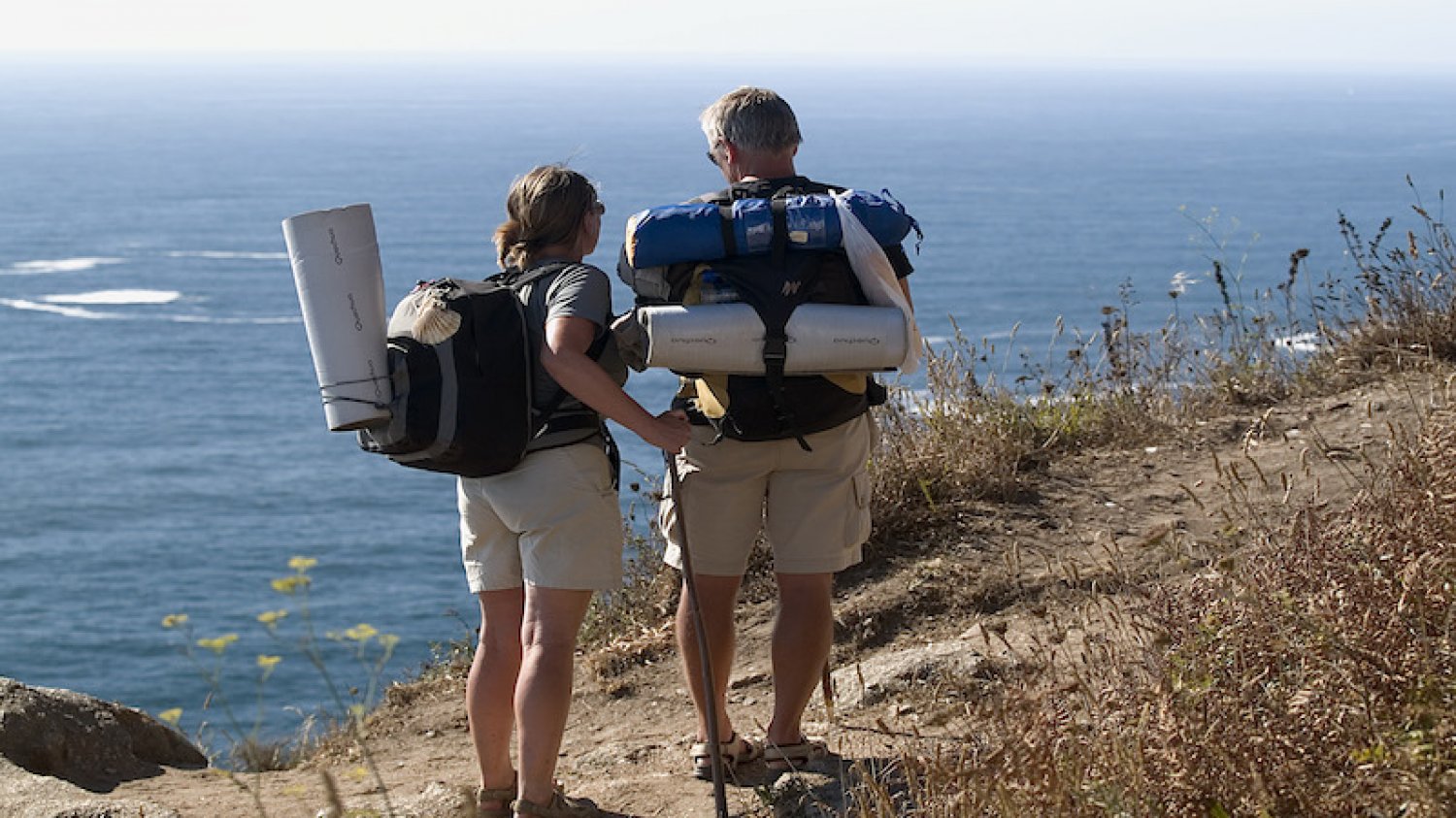
Create your own journey; Experience the best of Northern Spain at your own pace
This website uses its own and third-party cookies, for the proper functioning of the site and to generate usage statistics.
By continuing to browse we understand that you consent to our �ookie policy

2023-11-23
In our blog, we guide you through everything about the Camino de Santiago to Finisterre: from the type of terrain you'll tread, the climate that will accompany you, to the services you'll find along your way.
We share insights about the total distance, the challenge each stage presents, and offer practical tips to make your pilgrimage a unique and memorable experience. We're here to assist you in preparing for your exciting journey to Finisterre, a mythical destination known as the "end of the earth."
Finisterre, or "Fisterra" in Galician, is more than a final point; it's an emblematic place steeped in history and mysticism. This section of the Camino de Santiago is unique for starting in Santiago and heading westward, leading you to what was once considered the edge of the world. The extension to Muxía adds an even deeper spiritual dimension to your journey.
Along the 90 kilometers from Santiago de Compostela to Finisterre and the additional 30 kilometers to Muxía, you'll discover a path filled with beauty, history, and spirituality.
With a difficulty rated as 2 out of 5, the path from Santiago to Finisterre is accessible and enjoyable. Wide, well-maintained paths, along with gentle hills, make the journey a pleasant experience, culminating in stunning views of the Atlantic Ocean near Cee.
From the inland areas to the Atlantic coasts, the path immerses you in a landscape of stunning natural beauty and rich cultural heritage. Highlights include the iconic Finisterre Lighthouse (the second most visited site in Galicia after the Santiago Cathedral), located on the Costa da Morte, a place symbolizing the end of your journey and offering unforgettable views.
Though services are limited in some areas, you'll find the essentials in towns and localities along the way.
The climate on the Camino de Santiago to Finisterre, spanning both coastal and inland areas of Galicia, is known for its variability and can change rapidly. Influenced by the proximity to the Atlantic Ocean, the path features mild and pleasant summers, ideal for walking, while winters are cool and humid, with more frequent rains. Spring and autumn seasons offer a mix of sunny days and periods of rain, with moderate temperatures. For pilgrims, it's essential to be prepared with suitable clothing for rain and wind, sun protection, and to stay well-hydrated, regardless of the season you choose to embark on your journey.
The Camino to Finisterre offers you the flexibility to divide the stages according to your needs, allowing you to fully enjoy every moment of your trip. In the 'Detailed Itinerary' section on our website, you can find information about the kilometers, maps, and profiles of each stage."
Back